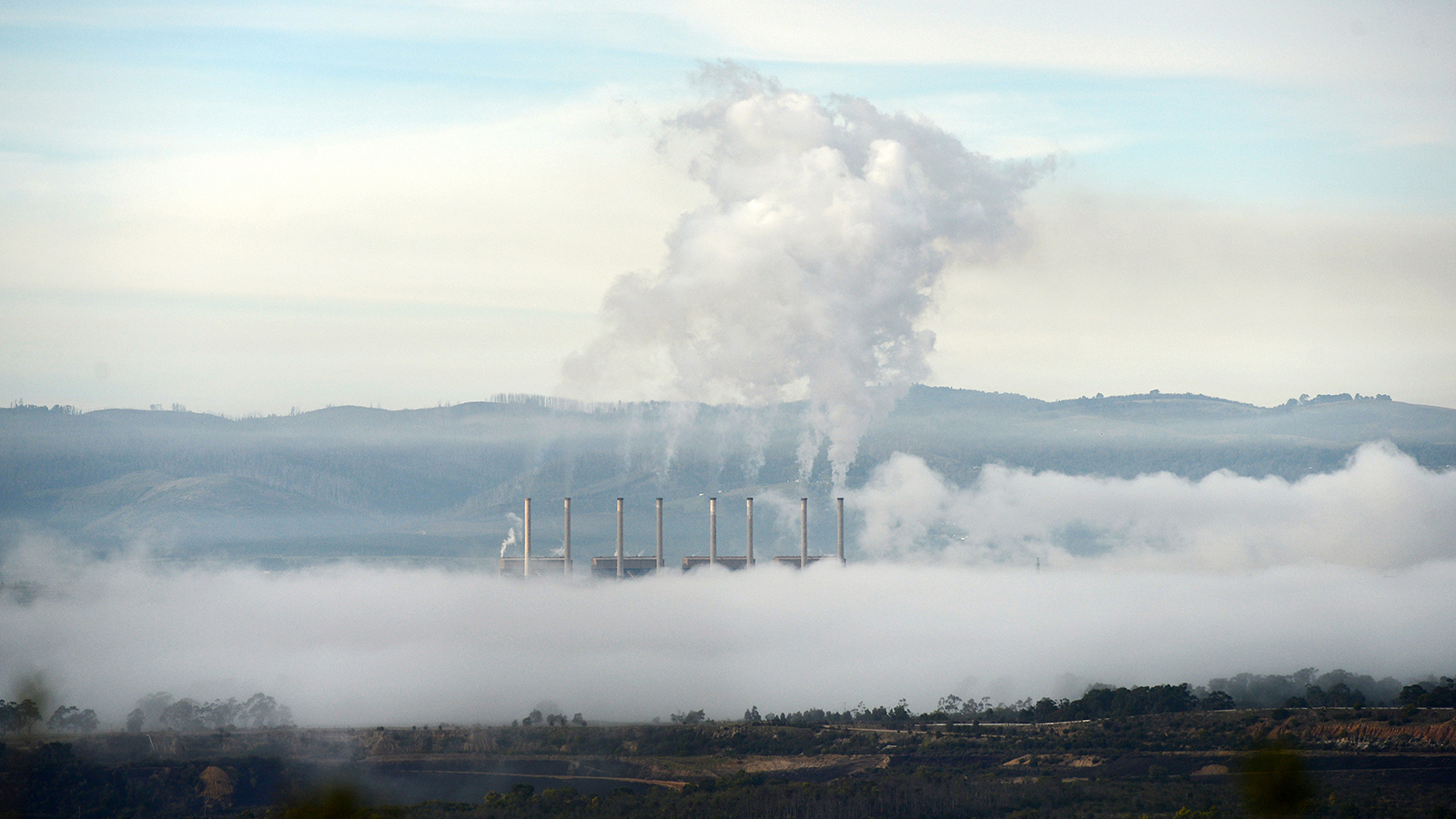
It is the simplest of ideas, though perhaps too simple for our messy world: carbon pricing is the obvious response to the climate emergency.
Gabriel Rozenberg
Economists are more or less united on this point. In 2019, more than 3,600 of them signed a carbon tax declaration that “a carbon tax offers the most cost-effective lever to reduce carbon emissions at the speed and scale that is necessary.” The list included more than two dozen Nobel laureates as well as key figures like Treasury Secretary Janet Yellen, Lawrence Summers and Ben Bernanke.
Unloved in the U.S., Embraced in the EU
In 2022, the U.S. Congress passed “the most significant climate legislation in U.S. history.” Yet, it featured no carbon taxes. Bowing to political reality, President Joe Biden made no attempt to put any kind of price on carbon.
Across the Atlantic, however, the picture looks quite different. Europe has a well-established cap and trade system for pricing carbon in place, known as the EU ETS (Emissions Trading System). The EU’s carbon price climbed above EUR 100 per tonne for the first time in February 2023.
Amos Wittenberg
To some extent, that rally was driven by a short-term surge in coal use following Russia’s invasion of Ukraine. As Europe shifts to cleaner energy, some leading market watchers now expect the rally to pull back. But there are long-term structural drivers at work. Under recent EU legislation, there are plans to phase out the so-called free allowances for heavy-polluting industries that have long acted as effective subsidies to polluters. In other words, emitting CO2 is set to get costly.
Whose Carbon Price Is it Anyway?
The fact that carbon carries a heavy price in one major market but no price in another is one of the complexities of this space. Another is that there are, in fact, at least five different types of carbon prices.
There are mandatory prices, including:
- Carbon compliance market (CCM) prices: These are set up by national and international regulations and are therefore ‘mandatory.’ The most familiar and impactful of these is the EU’s ETS, which sets a cap on the total amount of allowed emissions and allows a price to develop through traded offset certificates. As of July 2023, the EU’s carbon price was around EUR 90/tonne.
- Carbon taxes: Similar to ETS, these are mandatory systems, but the price is fixed and the volume of emissions can fluctuate. For example, Uruguay has a carbon tax that currently sits at around EUR 133/tonne.
Then, there are voluntary prices:
- Voluntary carbon market (VCM) prices: Some emitters choose to offset their pollution through the purchase of carbon credits, which have surged in value in recent years, and which are tied to verified carbon-reducing projects. This market has been damaged by a recent investigation into phantom credits that have not led to genuine carbon reductions. One benchmark VCM price, the Nature-based Carbon Offset, has tumbled from above USD 18/tonne at the start of 2022 to around USD 2.40 today. (Such low prices are a signal that the offsets are unreliable; they imply that investors could offset the entirety of global emissions for a mere USD 100 billion a year.)
- Internal Carbon Pricing (ICP): In the absence of any international consensus, some organizations have taken carbon pricing into their own hands, setting up either a shadow pricing system for their emissions, or an internal tax or trading system. These approaches help unify the organization around carbon-reducing goals, and de-risk against future mandatory pricing.
Finally, there is a carbon price that doesn’t get discussed so much, but is perhaps the most important:
- Social cost of carbon (SCC): Think of this as the ‘fair’ price of carbon — it’s the cost to future generations of humanity’s emissions. This number is important conceptually, but calculating it is far from easy. One recent study, published in Nature, found a mean estimate of USD 185/tonne. This implies that all the carbon prices in the world today are set significantly too low. And some scientists would see even this figure as an underestimate. A University of Chicago study in 2020 considered the way in which climate impacts are likely to persist over centuries, concluding that the ultimate cost of carbon was a stunning USD 100,000/tonne.
As carbon prices develop, their impact on portfolios will only grow. Therefore risk professionals, and everyone in business for that matter, need to understand how the transition to a low-carbon economy is progressing and how to help their companies transition efficiently.
Gabriel Rozenberg leads Business Development at Dovetail Finance. He was previously an Economics Reporter for The Times (London) and Founding Partner at Talomon Capital.
Amos Wittenberg is CEO of Dovetail Finance. Dovetail provides a climate transition risk platform for public and private equity investors.
Topics: Transition Risk